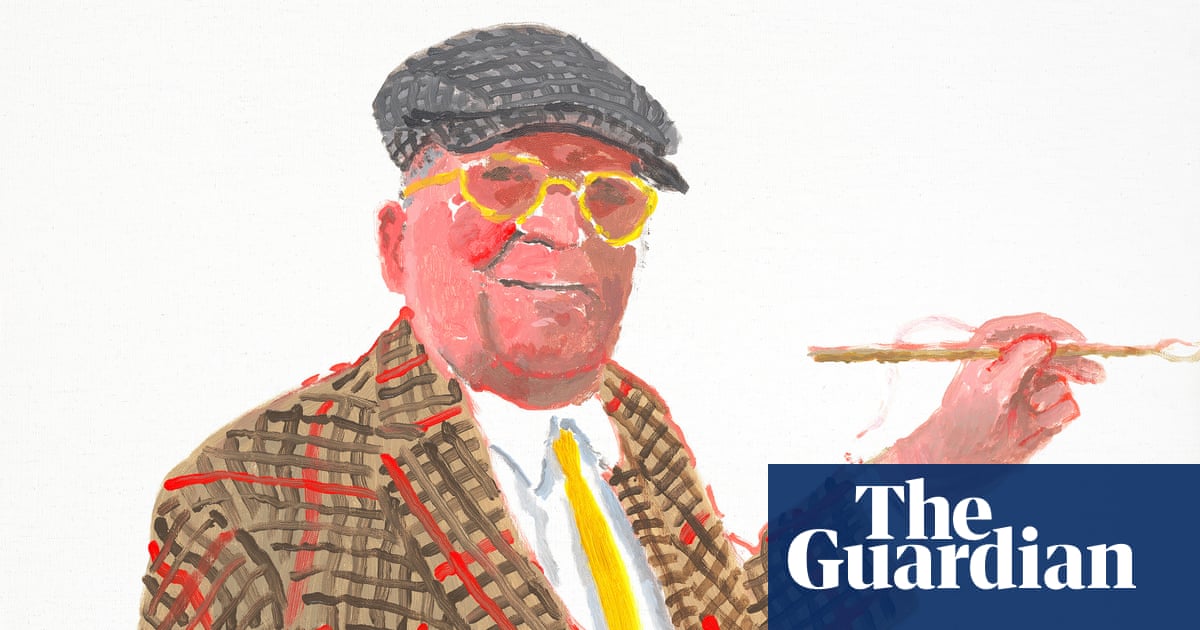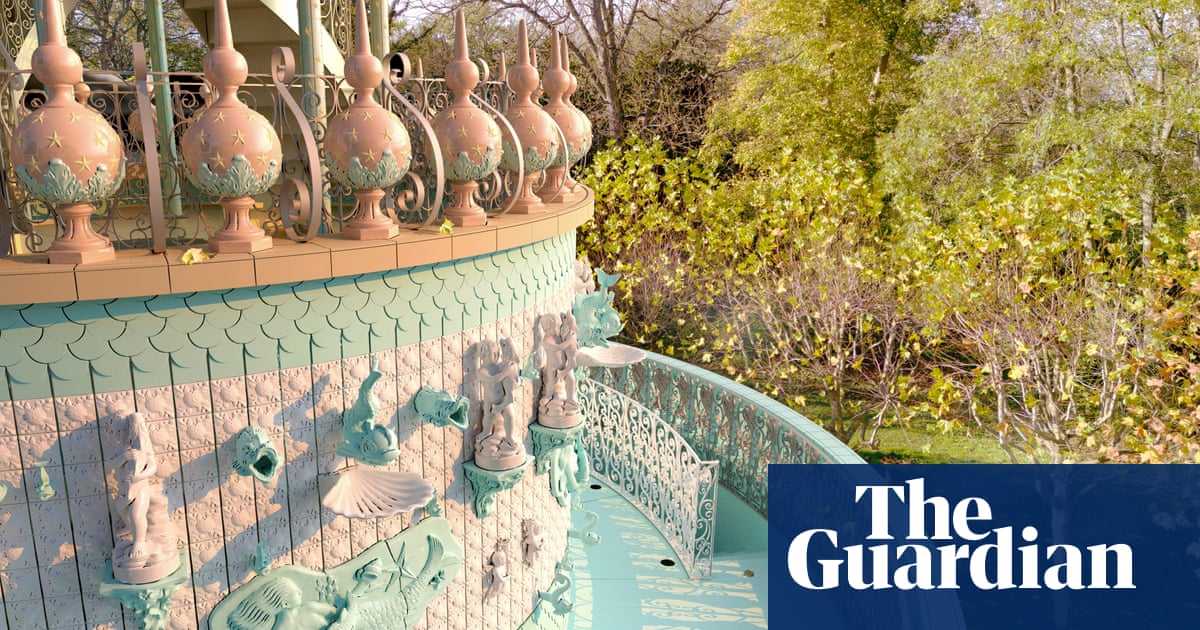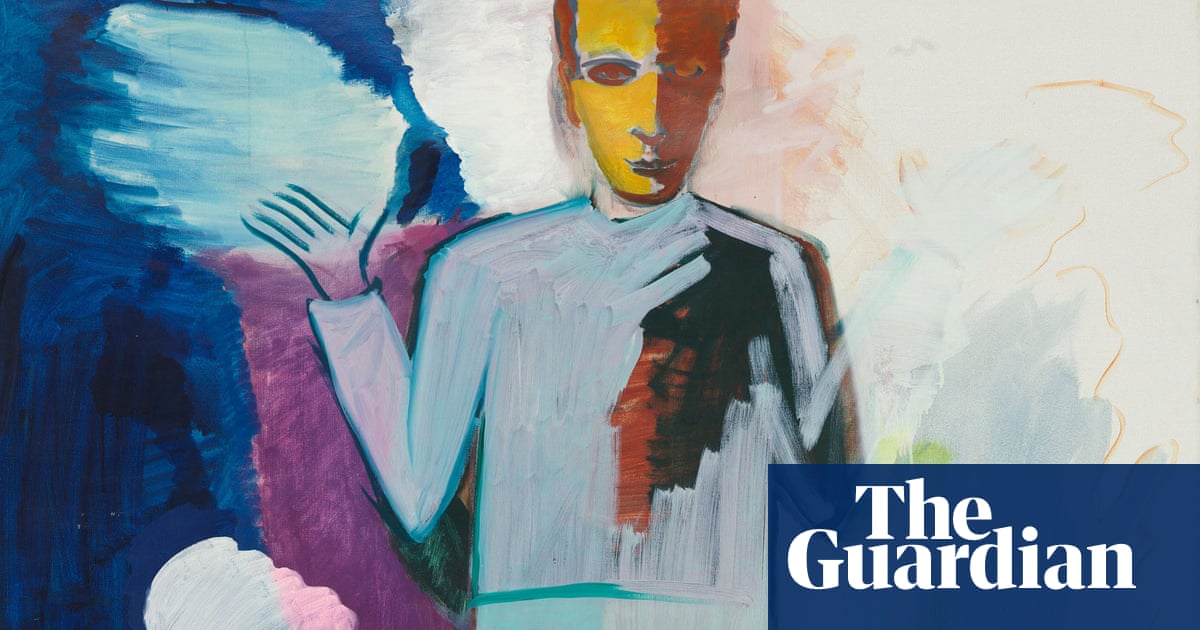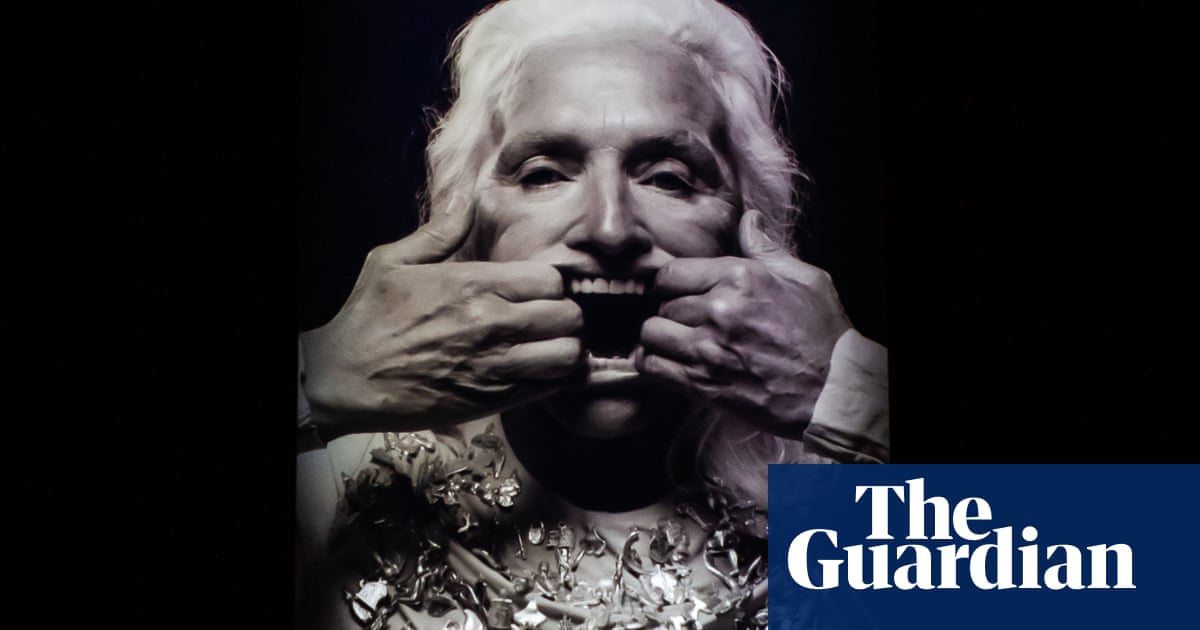
Exhibition of the week
Zanele Muholi
Moving portraits of South Africa’s LGBTQ+ community by a photographer who sees the mystery of being human. Muholi has an eye for the monumental in the personal, with images of beauty and courage that can take on heroic proportions. This retrospective contains more than 260 startling and enduring pictures of compelling ambiguity.
• Tate Modern, London, 5 November to 7 March
Also showing
Nicole Eisenman
Eisenman’s paintings are a gallery of modern Americans that may reveal the republic’s true heart. She has something in common with Peter Doig and pays homage to Edvard Munch, depicting people simultaneously alone and in crowds – from gatherings where you can almost hear the chatter to stilled domestic studies.
• Hauser & Wirth, Somerset, until 10 January
Sara Barker
Found stuff from nature and old cardboard boxes are grist to this Glasgow-based artist’s mill. Barker shows a series of assemblages mostly created during lockdown that seem none the worse for being made at home with whatever came to hand. Echoes of Joseph Cornell and Cy Twombly emphasise her way with humble things and poetic paint. This rural gallery is a suitable setting for her thoughtful work.
• Cample Line, Dumfriesshire, from 31 October to 30 January
Lucy Skaer
Hopefully reopening soon, the Bloomberg space at London’s best-preserved ancient Roman temple is the inspiration for Skaer’s evocative work. Only viewable digitally for now, her installation responds to the history of the Temple of Mithras. It is inspired by the image of Mithras killing a bull, which Skaer takes as an allegory of creation and destruction. Her cast bronze pelts and carved animal heads explore myth and sacrifice.
• London Mithraeum, until 15 May
Image of the week
Prize-winning images from female photographers selected for the Female in Focus awards find new ways to tell the stories of our time, with the winners’ work on show at El Barrio’s Artspace, New York, from 2 to 21 November. The group featured in Eva Watkins’s photograph initially formed to celebrate the 100th anniversary of Henleaze Lake in Bristol, UK. Once strangers, the 80 swimmers in the group – of mixed genders and aged between 11 and 76 – have over time formed strong bonds.
What we learned
JMW Turner swept audiences away with maelstroms of sea and smoke…
… while his sketch for The Fighting Temeraire was displayed for the first time
Tracey Emin revealed that she was treated for cancer earlier this year
David Bailey’s memoir was full of juicy anecdotes – but lacking in reflection
Photographer Alec Soth helped a Minnesota inmate see beyond his cage
Union jack swastikas and space-age braids have much to tell us about identity across generations
Glampons, Miss World flareups and loo roll laureates made for an intriguing history of the women’s movement
An exhibition at the British Museum plunged deep into the Arctic
Artists have been capturing air pollution vividly since the industrial revolution
Punks, parties and protests enlivened the streets of 80s Hackney
The Sassoon family’s collection of Jewish artefacts will be sold at auction in New York later this year
Sculptor Sarah Sze attempted to capture the fragility of the Earth
The V&A’s fashion curator has spent her career following threads
Berlin’s discarded shopping trolleys are a powerful symbol of waste
Tattoos no longer just mean gangsters in Japan
Sculptor Barbara Hepworth is getting a blue plaque in St John’s Wood, London
Masterpiece of the week
Portrait of a woman inspired by Lucretia, about 1530-33, by Lorenzo Lotto
This unknown but very forceful north Italian breaks out of portrait convention to perform a passionate theatrical role. Even the shape of the canvas disrupts portrait norms, as Lotto gives her a wide space to enact her courage. She holds up a drawing of Lucretia, an ancient Roman woman who, according to the ancient historian Livy, killed herself after being raped. This extreme assertion of virtue is acted out here – but only as a threat. The woman in her opulent orange and green dress tells us she too is capable of such a selfless defence of honour. Why was she painted like this? It feels like her own choice, her own statement, as she levels a steady gaze at you. Perhaps she had been dishonoured in some way. Perhaps she needed to proclaim her character. She succeeded, for her bravery blazes off the wall, across time.
• National Gallery, London
Don’t forget
To follow us on Twitter: @GdnArtandDesign.
Sign up to the Art Weekly newsletter
If you don’t already receive our regular roundup of art and design news via email, please sign up here.












